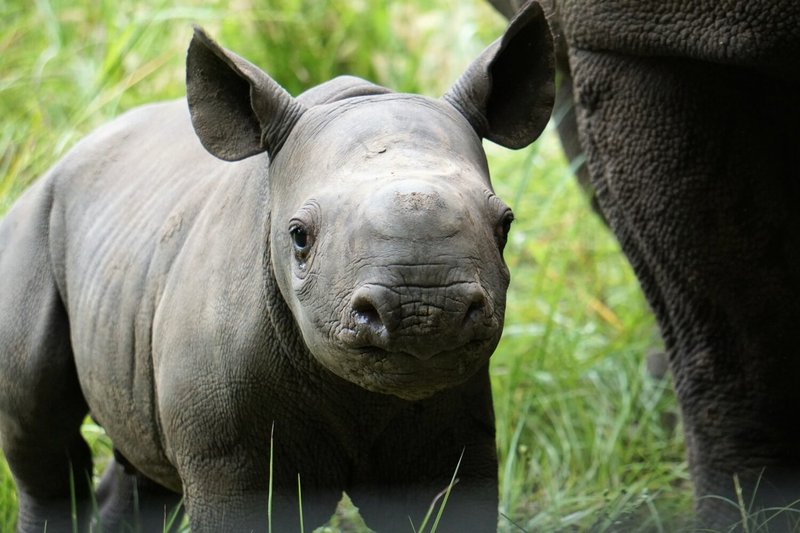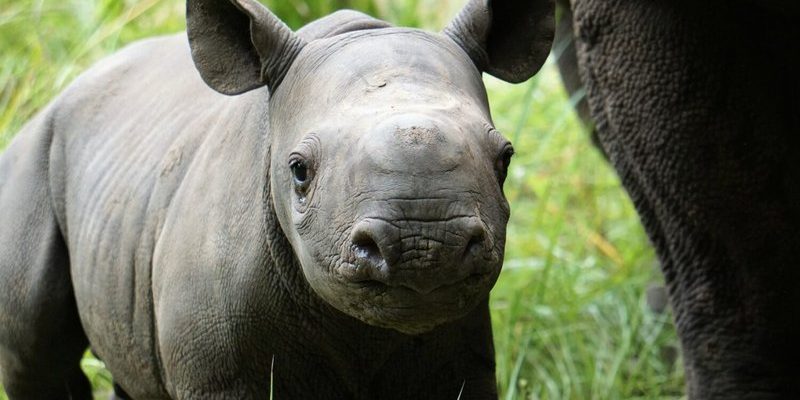
Imagine walking through a landscape where these magnificent animals once thrived but have now become almost ghostly figures of the past. That’s the situation we’re in today. With only a few species remaining, the question isn’t just, “Is the rhinoceros endangered?” but rather, “What can we do to protect them?” In this article, let’s dive deep into the world of rhinos, explore their endangered status, and see what efforts are being made to save them.
Why Are Rhinos Endangered?
The reasons behind the endangerment of rhinos are both complex and heartbreaking. First and foremost, poaching is the biggest threat to these majestic animals. Rhinos are hunted for their horns, which are often sold on the black market for astronomical prices. Surprisingly, some cultures believe these horns have medicinal properties, despite there being no scientific evidence to support such claims. Imagine being hunted not for your strength but for a part of you that people believe holds power—it’s tragic.
Another significant factor is habitat loss. As human populations grow, more land is being cleared for agriculture and development. This leads to fragmented habitats, making it increasingly difficult for rhinos to find food and mates. It’s similar to living in a neighborhood where your favorite hangout spots slowly disappear; eventually, you’re left feeling isolated and vulnerable.
Types of Rhinos and Their Status
There are five species of rhinos, and each faces its own unique challenges:
- White Rhino: Once near extinction, conservation efforts have helped their numbers recover slightly, but they still face threats from poaching.
- Black Rhino: Considered critically endangered, this species has seen a steep decline due to poaching and habitat loss.
- Indian Rhino: Once on the brink of extinction, they are slowly increasing in number thanks to protection efforts, although they are still vulnerable.
- Sunda Rhino: With an estimated 80 individuals left, this species is one of the most endangered, primarily due to habitat destruction.
- Javan Rhino: The rarest of all, there are fewer than 80 Javan rhinos remaining, confined to a single national park in Indonesia.
Each of these species tells its own story of survival against the odds. The urgency to act cannot be overstated, as the fate of these incredible animals hangs in the balance.
Conservation Efforts Around the Globe
Across the globe, various organizations and governments are stepping up to protect rhinos. From anti-poaching patrols to community education programs, there’s a lot happening, and every effort counts. Honestly, it’s heartening to see so many individuals and groups dedicated to this cause.
One successful example comes from South Africa, home to the majority of the world’s white rhinos. Here, rangers work tirelessly to protect rhinos from poachers. They track movements, monitor their health, and even employ drones for surveillance. This kind of proactive approach has shown promising results, as the number of rhinos being poached has started to decline.
Another exciting initiative is the translocation of rhinos to safer areas. By moving rhinos from regions with high poaching risks to more secure locations, conservationists are giving these animals a fighting chance. It’s like moving a family from a dangerous neighborhood to a safer one; while it may be challenging, it can save lives.
Community Involvement in Conservation
Community involvement is crucial in rhino conservation efforts. Local people often live closest to the rhinos and are the first line of defense against poaching. Programs that educate communities about the importance of rhinos help foster a sense of ownership and responsibility. When locals see the rhinos as part of their heritage, they’re more likely to protect them.
For instance, in Kenya, some conservation groups have started eco-tourism initiatives, allowing local communities to benefit financially from protecting wildlife. By showcasing rhinos to tourists, they not only raise funds for conservation but also create jobs, proving that preserving nature can be profitable. When a community thrives, it’s easier to push back against the threats of poaching and habitat loss.
The Role of Technology in Rhinos’ Survival
In recent years, technology has played a pivotal role in rhino conservation. You might be wondering how technology could help save a massive animal like this. Well, it has a profound impact. For example, GPS tracking devices are being used to monitor rhino movements and behaviors. This information helps rangers understand where rhinos are located, which is crucial for protecting them.
Additionally, camera traps allow conservationists to gather data on rhino populations without interfering with their natural behavior. Imagine setting up a hidden camera in your backyard to see which animals visit at night; this is similar but on a much larger scale. These images can help track population growth and health, guiding conservation strategies.
There are also innovative technologies like anti-poaching drones, which can cover vast areas and detect illegal activity. These advanced tools provide eyes in the sky, giving rangers the information they need to act quickly when threats arise.
How You Can Help
So, what can you do to support rhino conservation? Every little bit helps, and there are simple steps you can take. Here are a few ideas:
- Support conservation organizations: Contributing to reputable organizations dedicated to rhino protection makes a real difference.
- Raise awareness: Share information about rhinos and their endangered status on social media or within your community.
- Choose ethically sourced products: Avoid products made from rhino horn, which fuels the poaching trade.
- Visit wildlife reserves: If you travel, visiting parks that protect rhinos can contribute to their funding and raise awareness.
It’s important to remember that conservation is a collective effort. Even small actions can create ripples that lead to larger changes.
The Future of Rhinos
Looking ahead, the future of rhinos is uncertain, but there’s hope. Conservationists are more determined than ever, employing innovative strategies to fight against poaching and habitat loss. Each species of rhino has its own story, and the fight for their survival is ongoing.
With continued global awareness and action, we can turn the tide. Imagine a world where rhinos roam freely, their distinct silhouettes gracing the horizon. Achieving this dream requires commitment and collaboration, but with every effort, we move closer to that goal.
In summary, the plight of the rhinoceros isn’t just a story about an animal; it’s about the fragile balance of our ecosystem and the role we all play in preserving it. By staying informed and taking action, we can contribute to a future where rhinos are no longer endangered, but thriving once again. Hopefully, we can all be part of the solution to ensure that these magnificent creatures remain a part of our world for generations to come.

